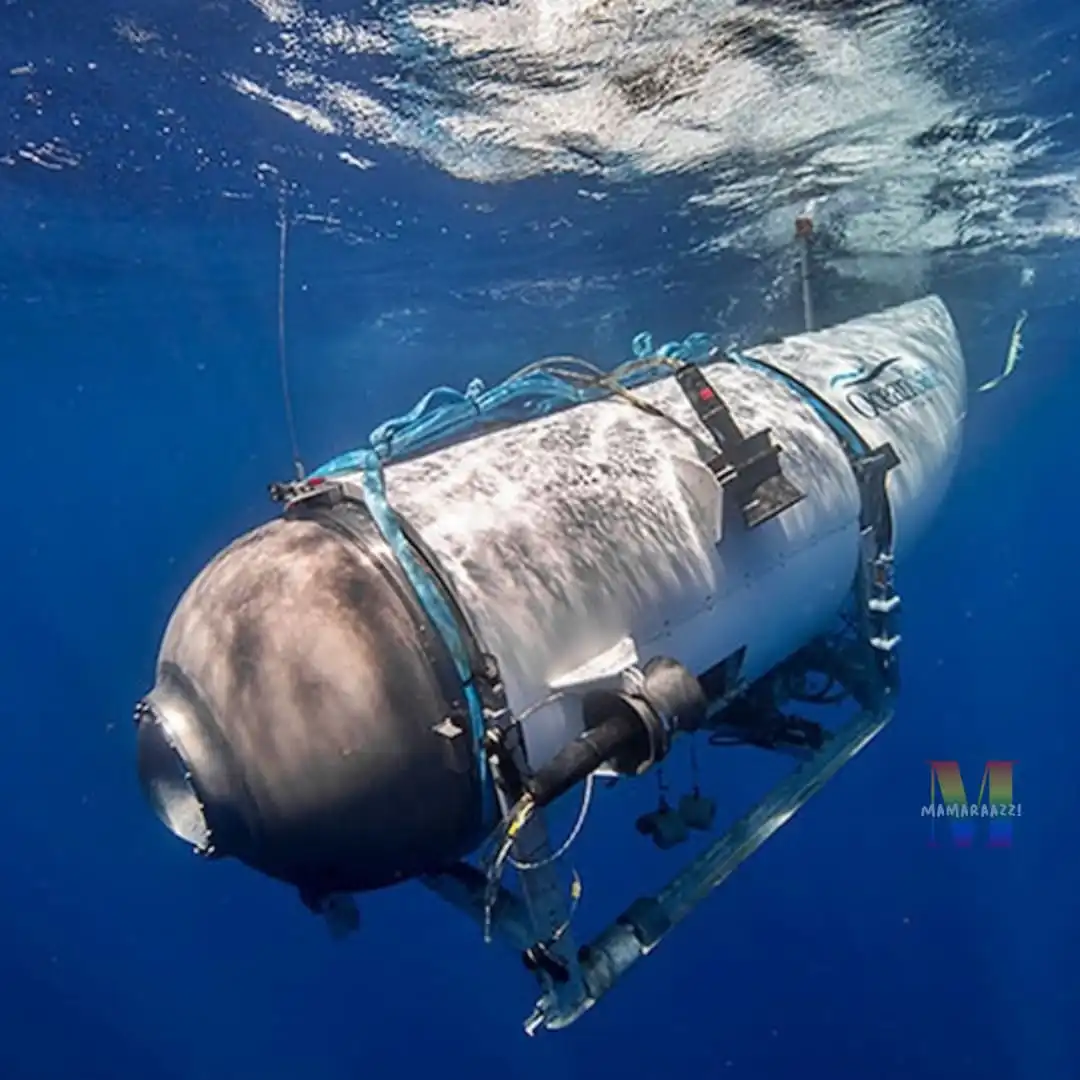The submersible that set out on an expedition to the Titanic shipwreck site, almost 13,000 feet below the sea level, has imploded near the site where the British passenger liner sank in 1912. All five members onboard the ill-fated vessel have been declared dead in the ‘catastrophic implosion’, ending the a multinational five-day search.
The submersible, owned by US-based firm OceanGate, lost its contact with the support ship on the surface after an hour and 45 minutes into what should have been a two-hour dive to the world’s most famous shipwreck
Five major fragments of the 22-foot vessel, including including the vessel’s tail cone and two sections of the pressure hull, were located in the debris, according to the US Coast Guard.
Liability waivers signed by passengers on a submersible lost at sea during a dive to the Titanic wreck may not shield the vessel’s owner from potential lawsuits by the victims’ families, legal experts said.
The Titan submersible vanished on Sunday roughly two hours into its dive and was found in pieces on the ocean floor after what the U.S. Coast Guard said on Thursday was a “catastrophic implosion” of its pressure chamber, reported Reuters. Authorities turned their focus to determining why a submersible carrying people to the wreck of the Titanic imploded deep in the North Atlantic, as tributes poured in for the five aboard who were killed, as per reports. The announcement that no one survived Thursday brought a tragic end to a five-day saga that included an urgent around-the-clock search for the vessel known as the Titan.
The investigation into what happened was already underway and would continue in the area around Titanic where debris from the submersible was found, said Rear Adm. John Mauger, of the First Coast Guard District.
Industry experts say the five assumed dead are the first known fatalities in more than 60 years of civilian deep-sea submergence. But even as industry leaders braced for increased scrutiny, they said it was difficult to forecast what sort of changes may come. In the high seas where the Titan and other submersibles operate, there are no regulations and there is no government that controls international waters.
Also read: Sylvester daCunha, the creator of Amul Girl bids adieu to the world


